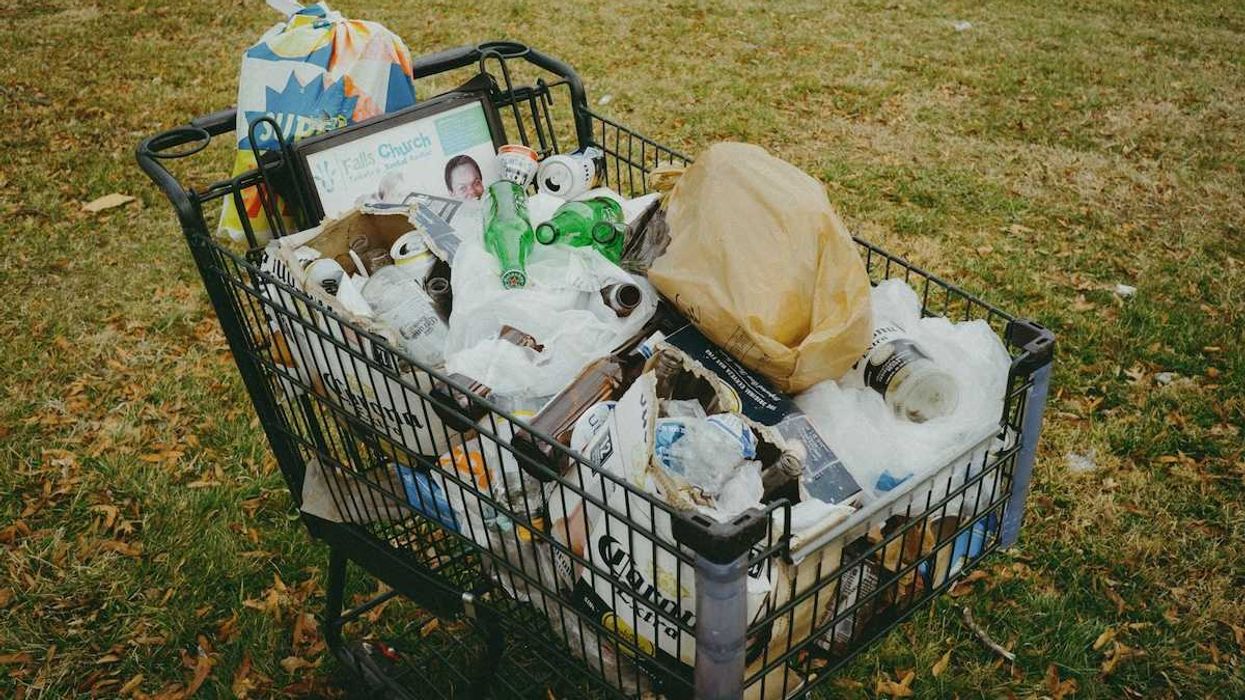A recent investigation revealed that lead and arsenic contamination affects nearly half of Pasadena Unified School District campuses in the aftermath of January's Eaton fire.
Noah Haggerty and Tony Briscoe report for the Los Angeles Times.
In short:
- Eleven of 23 Pasadena Unified schools tested showed lead or arsenic levels in soil that exceed safety guidelines, with some sites showing lead at three times the state’s limit and arsenic far above local benchmarks.
- The contamination was uncovered after sustained pressure from parents, despite early reassurances from school officials that the campuses were safe and no exposure had occurred.
- The district now plans to block access to polluted areas and begin cleanup efforts during summer break, though parents continue to demand health monitoring and greater transparency.
Key quote:
“If, literally, you’ve got to walk by lead to walk up the steps to school, then how many kids are walking through that with their shoes and then walking into the classroom?”
— Nicole Maccalla, parent and member of Eaton Fire Residents United
Why this matters:
When a fire sweeps through a community, it can release heavy metals, asbestos, and combustion byproducts that settle in soil and linger long after the flames are gone. Lead and arsenic, both of which pose serious health risks especially to children, can be stirred up as dust or tracked into classrooms, playgrounds, and homes. Exposure in children can lead to developmental delays, behavioral issues, and even increased lifetime cancer risk. The situation in Pasadena points to a broader concern: With fires growing more frequent and intense across the West, more communities will confront hidden dangers in their soil. Yet testing and cleanup are inconsistent, often delayed until residents demand answers. The science is clear — there’s no safe level of lead or arsenic exposure.
Related: Wildfires threaten Altadena’s diverse communities and Black homeownership














